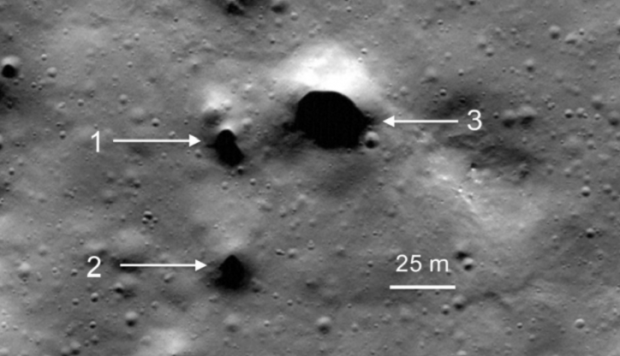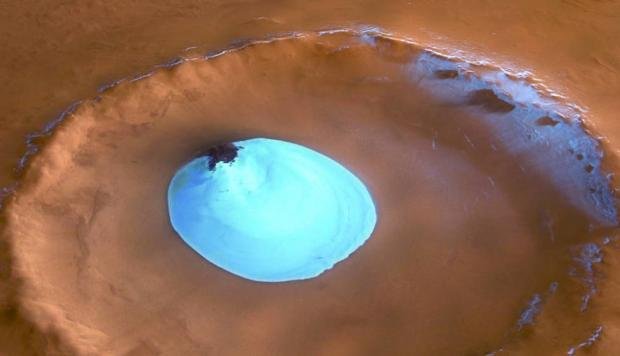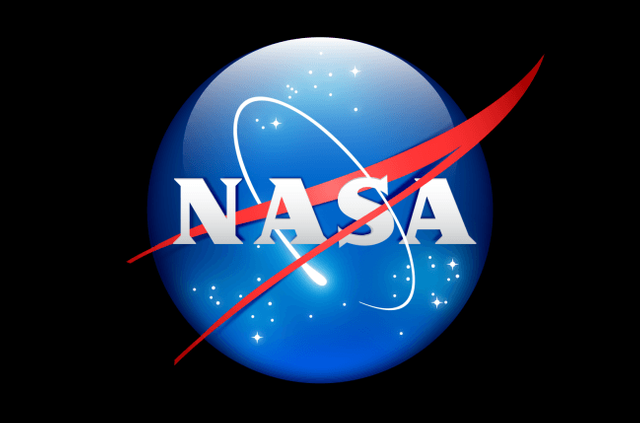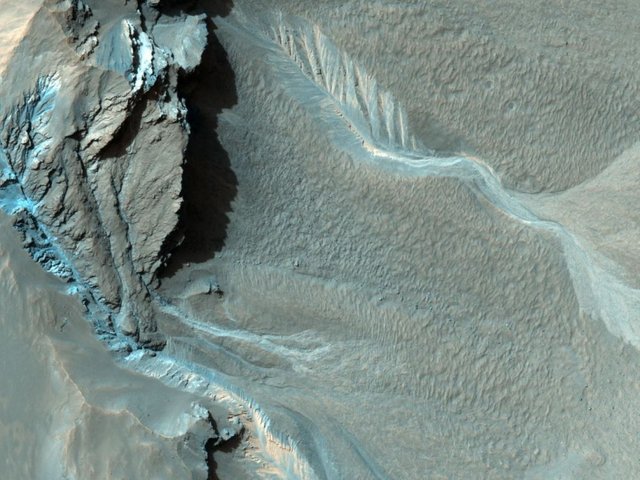NASA scientists discover mysterious passageways on the Moon and find ice deposits beneath the surface of Mars

During their research, scientists discovered that many of the wells are located along a path of underground canals.
A research carried out by NASA scientists with data from the 'Lunar Reconnaissance Orbiter', allowed researchers to identify that there are a series of wells and holes in the Moon that could form a network of tunnels.
According to scientists from the SETI Institute and the Mars Institute, these tunnels could have been formed by lava, and at present they would keep ice accumulated inside. This would be vital and promising for future explorations, since much easier access to water could be given.
The wells were found in the 'Philolaus' crater, which is 550 kilometers from the Moon's North Pole. Each of them has a height of between 15 and 30 meters.
For its part, the main researcher of NASA Ames planetarium, Pascal Lee, told Newsweek that they are analyzing the probability of finding ice in any of them. "We are looking for good candidates taking into account at the same time their size, shape, lighting conditions and the geological environment," he explained.
"This discovery is exciting and timely, as we prepare to return to the Moon, it also reminds us that our exploration of the planets is not limited to their surface, but must extend to their mysterious interiors," says Bill Diamond, president of the Institute. SETI.
They find ice deposits beneath the surface of Mars


The information was obtained thanks to a soil analysis, carried out by a tool called 'Mars Reconnaissance Orbiter'. (THAT)
Scientists specialized in geology found on the planet Mars, ice sheets hidden beneath the surface. Although its existence had long been suspected, data on its depth or composition had never been confirmed.
And it is that throughout fifty years of exploration, the scientists found out that in the past, the today dry and cold planet Mars was covered by oceans of water. It is considered that the climate cooled and that is why today the water is frozen in the poles and in the subsoil of the third part of the planet.
Now, thanks to a soil analysis, carried out by a tool called 'Mars Reconnaissance Orbiter', the information could be obtained.
"The high-resolution data has greatly improved our understanding of various landforms related to ice," said Colin Dundas, the study's author.
The images captured on the ice are painted a blue tint, totally different from the reddish color of the soil of Mars. Regarding this, a planetary scientist from Great Britain, Matt Balme, states that
"If the conclusions of the article are correct, you are seeing something that is almost pure ice."
Be that as it may, to know whether or not there is liquid water in abundance, it is very important to find out if the planet can harbor Martian life or give drink to future explorers.





Congratulations! This post has been upvoted from the communal account, @minnowsupport, by carlos-danieel from the Minnow Support Project. It's a witness project run by aggroed, ausbitbank, teamsteem, theprophet0, someguy123, neoxian, followbtcnews, and netuoso. The goal is to help Steemit grow by supporting Minnows. Please find us at the Peace, Abundance, and Liberty Network (PALnet) Discord Channel. It's a completely public and open space to all members of the Steemit community who voluntarily choose to be there.
If you would like to delegate to the Minnow Support Project you can do so by clicking on the following links: 50SP, 100SP, 250SP, 500SP, 1000SP, 5000SP.
Be sure to leave at least 50SP undelegated on your account.